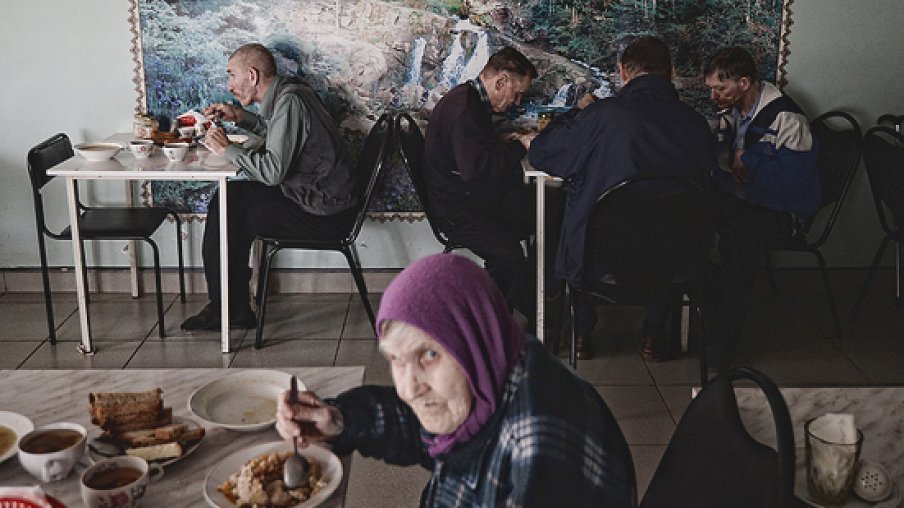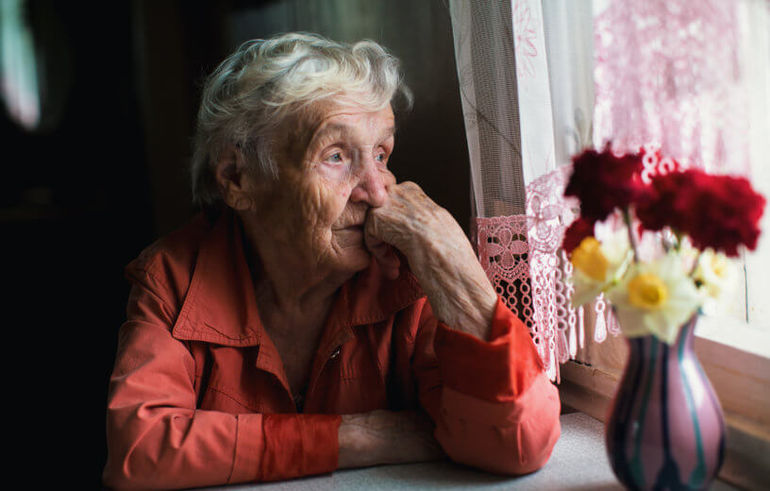The debate in our country is mainly focused on aging and low fertility/fertility at the national level and their immediate consequences.
Decreasing fertility and increasing life expectancy led to a progressive increase in the proportion of older people in the post-war period and an irreversible increase in the following decades, as the number of people aged 65 and over will continue to increase, while the total population of Greece will decline.
However, a decrease in the birth rate (mainly an increase in childlessness) and mortality, combined with an increase in celibacy and divorce, will also affect the structure and composition of households consisting exclusively of elderly people in the future.
In particular, not only the number of people aged 65 and over will increase in total, but also the number of those who, at best, will have a very limited number of people in their “close” family environment, and at worst they will will be alone. So, even assuming that existing family ties do not weaken in the coming decades, the deplorable outcome is obvious.
Here are some of the facts and findings mentioned in “FlashNews”, a digital newsletter created in the context of “Population Projects in Research and Practice in Greece”, funded by ELIDEK and implemented at the Research University of Thessaly.
The author of the article (Professor and Scientific Supervisor of the above program Mr. Byron Kotzamanis) explores some of the consequences of recent demographic changes in the family environment of people aged 65 years and older. Summarizing the results of his research, Mr. Kotzamanis says that women born in the early 1920s usually had three siblings, one or two of whom died before they were 65. Most of these women experienced difficult conditions in the first twenty years after their birth, which were characterized by extremely high infant, child and youth mortality, as a result of which only 60-70% of them lived to be 65 years old. Almost all of these women (9 out of 10) were married before 1955 to a man 5 years older than them on average, and very few divorced.
Almost all of them, with the exception of a few childless women, had children (on average 2.5) before 1960, and, reaching about 1985, their spouses died because they were 5 years older than them (despite the fact that men shorter life expectancy). By the time these women reached the age of 65, they had usually already lost both parents born before 1900. But they usually had 2-3 children alive just under 30 years old, who were almost all married (9 out of 10), and each of them already had or will soon have one or two children.
Those women who were born in the early 1920s, at least half of those who remained after 65 years of life, were widows with 2-3 children and 4-6 grandchildren, usually aged 10-20 years. Therefore, their very close family environment in the last and most difficult years of their lives included 6-9 people.
Their granddaughters, women born in the early 1980s, usually have one or two siblings, and 9 out of 10 of them live to be 65 years old. Three out of four will marry for the first time at an average age of 30 with a man 3 years older than them, the majority (two out of three) will not divorce and will have one or at most two children (almost all after 2010). Nearly all of these married women, Mr. Kotzamanis concludes, will be over 65 after 2045, with an increased chance of living another 25 years, two out of three of them with their husband (if not divorced), who usually leaves (dies) in seven years before their own death.
Thus, in the first years of life after age 65, they are expected to have one or two children, usually under 30 (but probably not yet grandchildren). While most of the remaining twenty-five or so years they will spend with an elderly spouse-partner and, of course, their children, who at the same time will be already “mature” in age and with 2-3 minor grandchildren.

Therefore, in the last period of their life, the inner circle will consist of 2-5 peoplewhich is significantly less than those 6-9 that were in women with the same marital status, born sixty years ago.
And the children of these women, during the longest period between the mother’s sixty-fifth birthday and her death, will have both minor children and two living parents (one of whom will probably have health problems by this age) nearby. Thus, unlike the children of those born in the early 1920s, they will often be responsible for caring for both their aged parents and their minor children for a longer period.
But a significant minority of women born shortly after 1980 will not have children (one in four). These are women, some of whom will probably not have a partner or husband. Therefore, their “close” family environment will include, at best, only him (if he exists and while he is alive) or will remain lonely altogether.
In concluding his speech, Mr. Kotzamanis emphasizes that mortality, fertility, marriage and dissolution, internal and external migration in recent decades have shaped our current demographic landscape. The future that awaits us (especially in urban centers) looks like this: more and more people aged 65 years and older will find themselves in the last period of their lives either alone or with far fewer people from a close family environment. But even if we believe that existing family ties will not weaken much in the coming decades, it is not certain that the family will continue to “replace state support” to the extent necessary for “a decent standard of living for the elderly” (rather than as “a period of survival”).

If we do not prepare in time for the upcoming changes in this area, the expert says, but continue to consider non-productive activities and services for the elderly and the elderly, we will very quickly find ourselves in a blind alley.
Therefore, in this area, too, adaptation to expected changes (preactivity) and active actions (proactivity) should replace the wait-and-see attitude (which is followed today), the professor concludes.







More Stories
Association of Professional Nutritionists to be created in Greece
The first ever Miss Artificial Intelligence beauty contest has been announced.
100-year-old Greek woman undergoes heart surgery